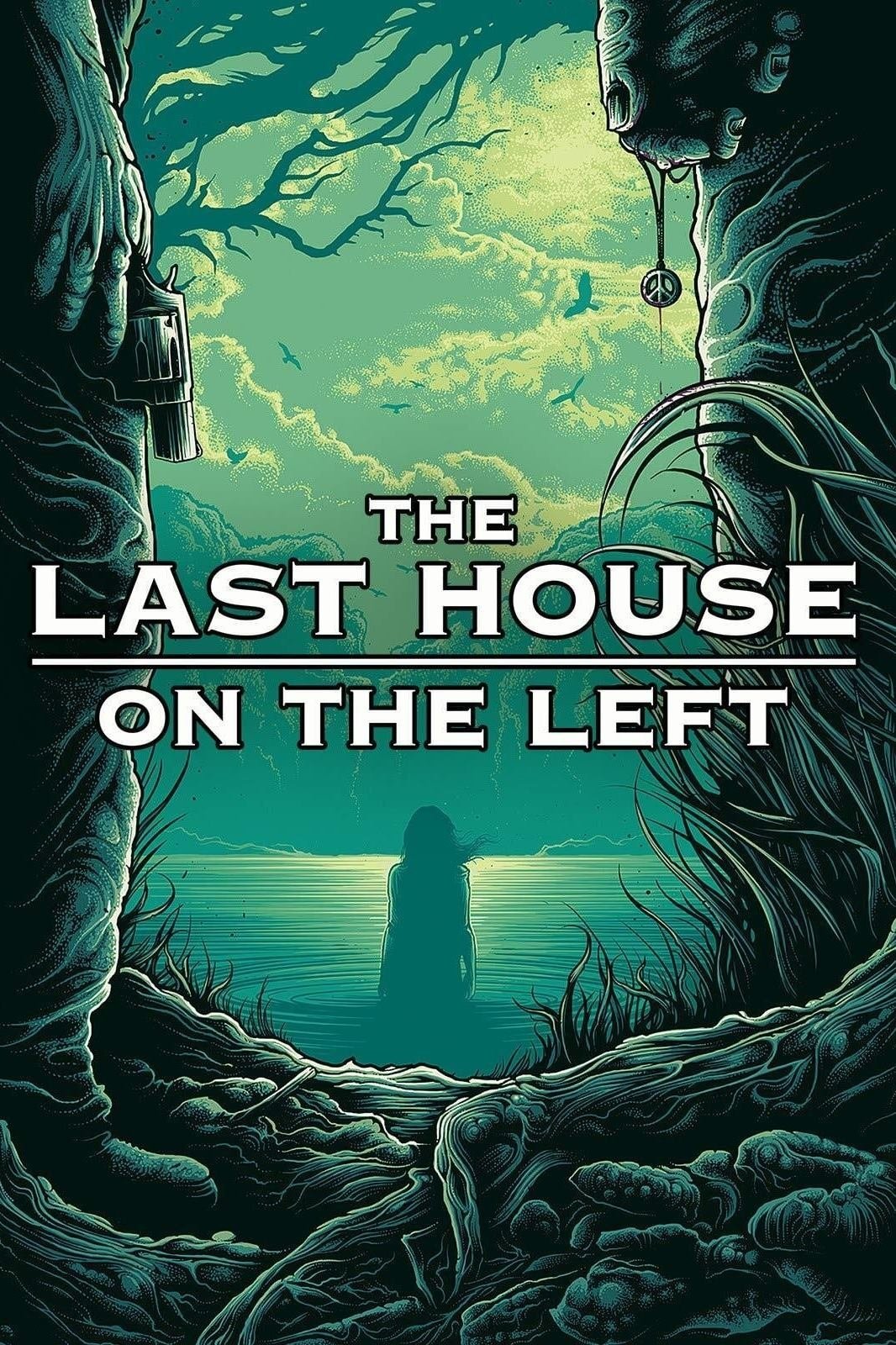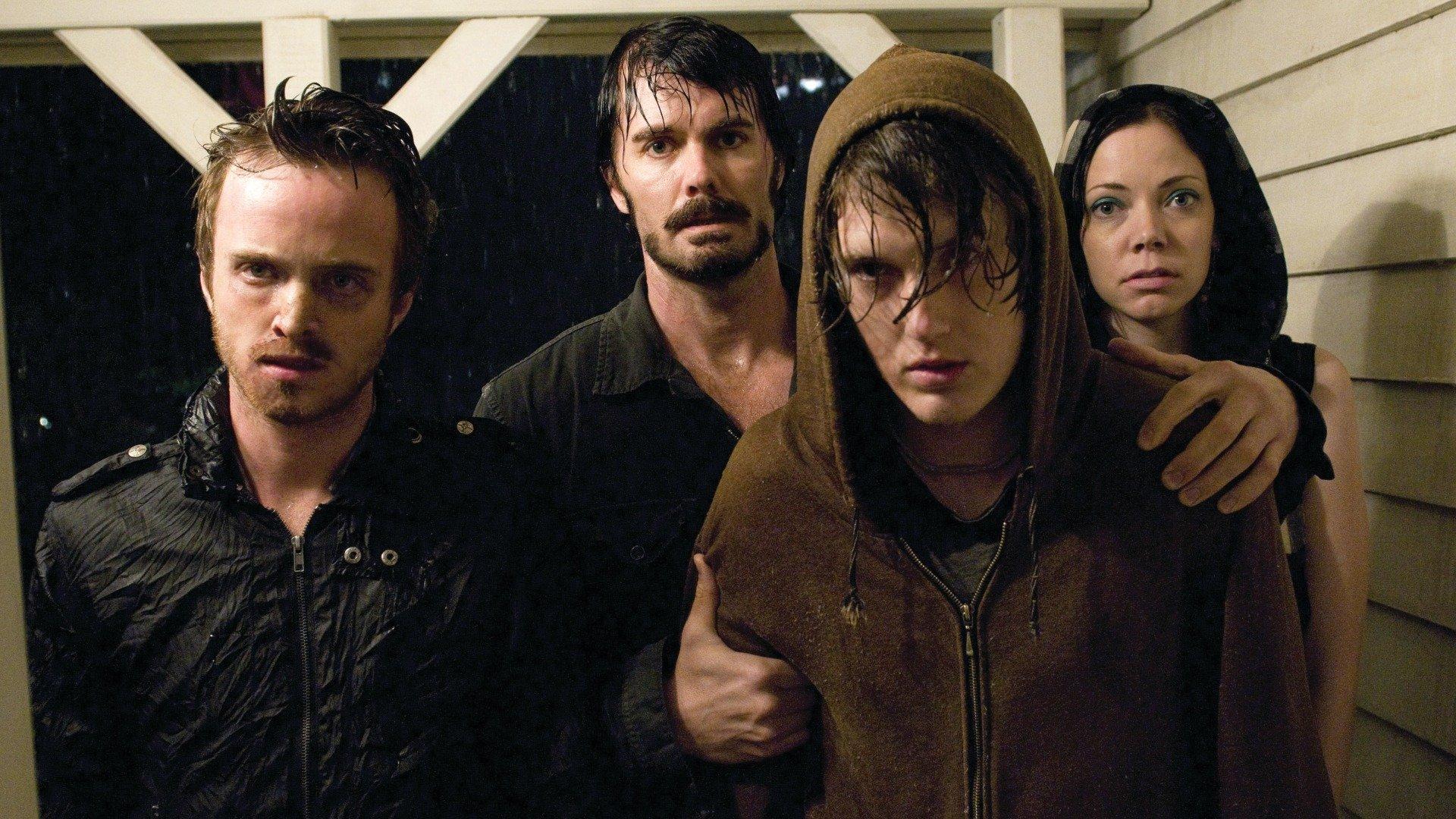In the annals of horror cinema, few films have ignited as much controversy and enduring fascination as Wes Craven’s 1972 masterpiece, “Last House on the Left.” It’s a film that transcends the boundaries of mere entertainment, becoming a brutal exploration of violence, revenge, and the blurred lines between good and evil. While its unflinching depiction of graphic violence has made it a film that lingers in the minds of viewers, its chilling impact goes beyond the mere shock value, delving into themes of societal decay and the dark underbelly of human nature.

Image: theposterdb.com
This article delves into the legacy of “Last House on the Left,” examining its provocative themes, the reason it was banned in several countries, and the impact it has had on the horror genre. It’s not just a film about violence; it’s a disturbingly relevant reflection of the anxieties and fears of our society. More importantly, with its increasing availability on streaming platforms, it’s a film that continues to provoke discussion and debate, ensuring its place as a seminal work within the history of horror.
A Disturbingly Realistic Depiction of Violence
The film’s central premise is as simple as it is shocking: two teenage girls, Mari and Phyllis, hitchhike their way to a concert in the woods, only to be abducted by a group of escaped convicts led by the sadistic Krug. The film’s true horror lies in how it portrays the escalating violence, the perpetrators’ nonchalant brutality, and the vulnerability of the victims.
One of the most powerful elements of “Last House on the Left” is its commitment to realism. Unlike many horror films of the time, which relied on supernatural terrors, Craven sought to depict violence in a raw and unflinching way, drawing inspiration from the shocking news reports of the day. This uncompromising approach, while controversial, adds to the film’s visceral impact.
The Question of Revenge: A Cycle of Violence
The film’s second act is defined by the brutal assault and eventual murder of the two girls. The brutality is not gratuitous, however. It’s calculated, aiming to evoke a sense of utter helplessness. After the girls are brutally murdered, the film takes a chilling turn. Krug and his gang seek refuge at the home of Mari’s parents, unaware of their connection to their victims.
The film’s climax is a brutal but unforgettable scene where Mari’s father, a doctor, discovers Krug and his gang hiding in his home. Grief-stricken and driven by a primal urge for revenge, he joins forces with his wife to exact a horrifyingly brutal justice on the men who killed his daughter. This act of revenge, while understandable, leads to further violence, raising questions about the cyclical nature of violence and the impossibility of truly breaking free from its grip.
Breaking Taboos and Challenging Conventions
Upon its initial release, “Last House on the Left” was met with widespread condemnation and outrage. The film was banned in several countries, including the United Kingdom and Australia, and was subject to intense criticism from religious groups and moral guardians. The film’s graphic portrayal of violence was seen as exploitative and gratuitous, exploiting the suffering of its victims for the sake of shock value.
Critics argued that the film glamorized violence and desensitized viewers to the realities of human suffering. However, Craven and his film’s defenders argued that the film was not intended to glorify violence but to expose its inherent ugliness. The film’s unflinching realism, they maintained, served as a cautionary tale, highlighting the potential for violence to erupt in any society.

Image: www.philo.com
The Legacy of ‘Last House on the Left’: Enduring Impact and Influence
The controversy surrounding “Last House on the Left” didn’t hurt its popularity; instead, it helped solidify its legacy as a ground-breaking, if disturbing, film. Today, it is widely recognized as one of the most influential horror films of all time.
The film’s impact can be seen in various ways:
- **A Shift in the Landscape of Horror:** “Last House on the Left” helped usher in a new era of horror filmmaking, one that embraced violence, realism, and psychological exploration of violence’s impact on individuals and society.
- **A Catalyst for Debate:** It prompted serious discussions about the limits of artistic expression, the impact of violence in media, and how we as a society grapple with these issues.
- **A Lasting Influence:** The film became influential on future horror directors, including Craven himself, who explored similar themes of violence and revenge in films like “The Hills Have Eyes” and “Scream.”
Last House on the Left: Where to Stream
“Last House on the Left” is now available on a number of streaming platforms including:
- **Amazon Prime Video:** This platform offers a number of classic horror films including “Last House on the Left.”
- **Shudder:** This streaming platform is highly recommended for horror enthusiasts as it features a fantastic collection of horror titles.
- **YouTube:** While it’s not a dedicated streaming service, you can find “Last House on the Left” for rent or purchase on YouTube.
It’s important to note that due to its mature content, the film is not appropriate for all viewers.
Last House On The Left 1972 Streaming
A Timeless Horror Classic
“Last House on the Left” continues to be a powerful and disturbing film, a testament to Wes Craven’s filmmaking genius and a film that has aged remarkably well. As a film available to watch with the click of a button, its accessibility makes it a film that continues to provoke debate and debate and inspire both horror fans and critics. It’s a film that won’t be easily forgotten and will continue to captivate viewers through its unflinching realism, its brutal exploration of human nature, and its enduring legacy.





